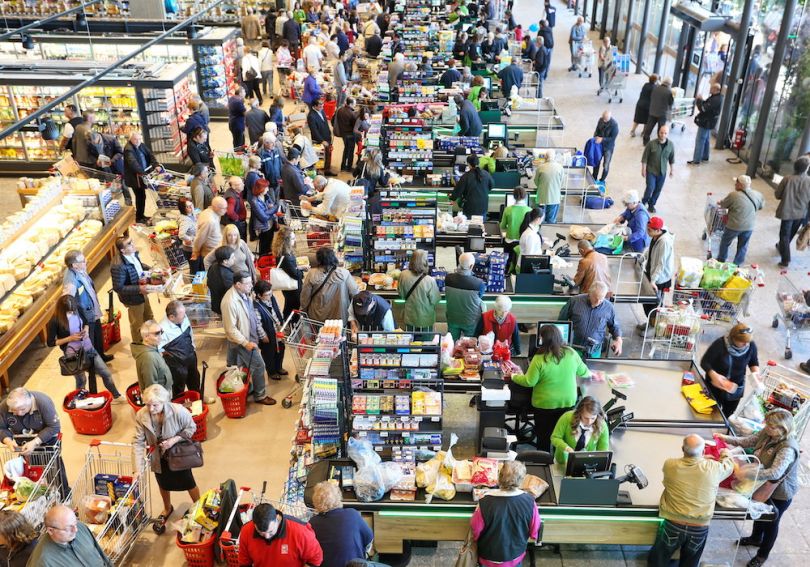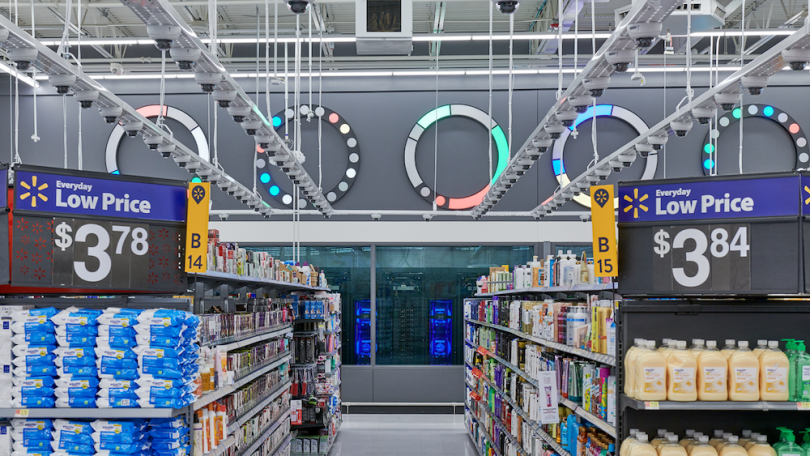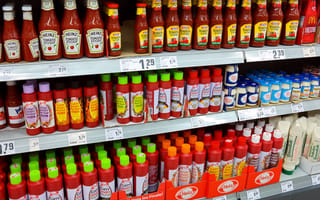For the consumer packaged goods industry — CPG for short — the Super Bowl presents both an opportunity and a challenge. The National Retail Federation estimates that almost 194 million Americans will watch Super Bowl LIV. The report claims that each one will spend an average of $88.65 on food, drinks, merchandise and party supplies. Really.
To secure valuable shopping cart space, big food and beverage brands like PepsiCo, Anheuser-Busch InBev and Tyson Foods pull out all the stops, offering promotions on soda, beer and hot dogs designed to be so tempting that they stop consumers in their tracks. Once a promo’s set, brands need to ensure they have the right amount of product in the right places. It’s a process known as demand forecasting, where historical sales data helps estimate consumer demand. Getting that forecast right can make or break the success of a campaign.
Demand forecasts play an important role in a CPG brand’s day-to-day operations, but they take on a special significance during events like the Super Bowl, where billions of dollars are a stake. If a forecast underestimates demand, brands cede sales to competitors with readily available products. Companies that overestimate demand run the risk of overstocking the wrong store shelves or watching inventory expire in distribution centers.
Increasingly, the brands that come out on top are victorious because of technology. At Kraft Heinz, for example, machine learning models do much of the heavy lifting to generate accurate demand forecasts for major events like the Super Bowl.
“What you got probably five, seven years ago were a lot of the consulting firms pitching you on what AI can do,” said Brian Pivar, senior director of data and analytics at Kraft Heinz. “Now, you’re seeing companies build these things out internally — they see the value.”

Fighting For Shopping Cart Space
For the world’s biggest food and beverage brands, growth means mergers and acquisitions, with big brands often buying smaller competitors that have cornered the market on emerging trends. Acquiring a startup food brand isn’t easy, but it’s much less complex than merging two multinationals that manage critical sales, supply chain and manufacturing processes using customized software platforms.
That’s the world Pivar stepped into when he arrived at Kraft Heinz in late 2018, three years after the merger of Kraft Foods and H.J. Heinz created the world’s fifth-largest CPG brand. In the years since, the company has doubled down on artificial intelligence technologies, including machine learning. But Kraft Heinz, like many other companies in its space, is still playing catch up.
“There’s a lot of opportunity to leverage AI to help us make better and smarter decisions.”
Even when companies like Kraft Heinz want to move full-steam ahead and incorporate the latest tech into their operations, they still face challenges. Chief among them is the ability to implement technical builds successfully.
“CPG companies don’t always have strong data foundations,” said Pivar. “So what you see sometimes is a data scientist spending most of their time getting and properly structuring data. Let’s say 80 percent of their time is spent doing that and 20 percent is spent building ML or AI tools instead of the reverse, which is what you want to see.”
When Pivar came to Kraft Heinz, his first order of business was to develop a five-year strategy that gave leadership visibility into both his team’s goals and their roadmap. Instead of hiring a crew of data scientists right off the bat, Pivar instead brought on data engineers to ensure that his team had the necessary foundation to build advanced analytics. The company also spent four months evaluating and testing cloud partners to find the perfect fit.
In the two years since Pivar joined Kraft Heinz, his team has built machine learning models to generate more accurate demand forecasts around major events with distinctive promotions, like the Super Bowl. Prior to Pivar’s arrival, these forecasts were generated manually in spreadsheets like Excel.
His team also built a tool that relies on recent sales data and inventory numbers at stores and distribution centers to predict when supermarkets will need to be resupplied and with what products, along with insights about the cause of low stock.
“We’re looking across the business, from sales to our operations and supply chain teams,” said Pivar. “Within all of those spaces, there’s a lot of opportunity to leverage AI to help us make better and smarter decisions.”

Smart Stores And Personalized Promos
Kraft Heinz isn’t the only big player in the CPG space that’s incorporating AI across its business. Frito-Lay, a PepsiCo subsidiary, is working on a project that uses computer vision and a custom algorithm to optimize the potato-peeling process. Beer giant AB InBev uses machine learning to ensure compliance and fight fraud. And Tyson Foods is considering the viability of using AI-powered drones to monitor animal health and safety.
Even grocery stores are getting in on the action. Walmart has built a 50,000-square-foot store in Levittown, New York, filled with artificial intelligence technology.
walmart irl
CPG brands are still figuring out how best to leverage artificial intelligence, which means that, at least in the short term, the shopping experience might not change drastically. But that doesn’t mean consumers won’t be driving change — at least, according to Shastri Mahadeo, founder and CEO of Unioncrate.
Unioncrate is a New York-based startup whose AI-powered supply chain-planning platform generates demand forecasts based on consumer activity and the factors that impact purchasing decisions. For Mahadeo, AI has the potential to both save brands money and reduce waste by aligning production decisions with consumer demand.
“If a brand can accurately predict what a retailer is going to order based on what consumers are going to buy, then they’ll produce what’s needed so they don’t have money tied up in working capital,” said Mahadeo. “Similarly, if a retailer can accurately predict what consumers will buy, then they can stock accordingly.”
In addition to streamlining back-end processes related to manufacturing and supply chain management, Pivar said that within 10 years, AI could be used to create a more personalized shopping experience, one where brands customize promotions to consumers with the same focus seen on platforms like Instagram or Facebook.
“What does that mean to CPG?” asked Pivar. “We’re still figuring that out, but that’s where I see things going.”




